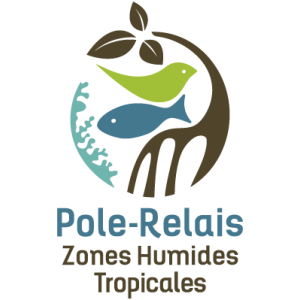
Document généré le 09/12/2025 depuis l'adresse: https://www.documentation.eauetbiodiversite.fr/fr/notice/satellite-linked-acoustic-receivers-to-observe-behavior-of-fish-in-remote-areas
Titre alternatif
Producteur
Contributeur(s)
EDP Sciences
Identifiant documentaire
10-2008001
Identifiant OAI
oai:edpsciences.org:dkey/10.1051/alr:2008001
Auteur(s):
Laurent Dagorn,Doug Pincock,Charlotte Girard,Kim Holland,Marc Taquet,Gorka Sancho,David Itano,Riaz Aumeeruddy
Mots clés
FAD
Acoustic receiver
Fish telemetry
Tuna
Pelagic fish
Date de publication
23/01/2008
Date de création
Date de modification
Date d'acceptation du document
Date de dépôt légal
Langue
en
Thème
Type de ressource
Source
https://doi.org/10.1051/alr:2008001
Droits de réutilisation
Région
Département
Commune
Description
Automated acoustic receivers are now widely used by biologists to study the
behavior of fish. However, currently available acoustic receivers require
physical recovery of the units to download stored data. Such operation is
often difficult in remote study areas like in the open ocean. We present a
new satellite-linked acoustic receiver (Vemco VR3-Argos) that allows
downloading data through a satellite uplink (Argos). The VR3-Argos can last
up to one year, sending GPS positions and tag data at regular time
intervals. We illustrate the advantages of this new technology with tagging
data from 121 fish of seven species (yellowfin tuna, bigeye tuna, skipjack
tuna, wahoo, dolphinfish, silky shark and oceanic triggerfish) caught and
released around drifting fish aggregating devices (FADs) in the Western
Indian Ocean, far from any land. In opposition with the classic acoustic
receivers (Vemco VR2), the use of VR3-Argos allowed to collect data for
several weeks after leaving the drifting FADs. Maximum residence times of 3
days for bigeye tuna, 7 days for skipjack, 8 days for wahoo, 10 days for
silky shark and 15 days for yellowfin tuna, dolphinfish and oceanic
triggerfish could be recorded. VR2 and VR3-Argos are equivalent in terms of
quality of residence times data, however depth data obtained through
satellites are aggregated in 8 classes for compression purposes, which leads
to a loss of precision available with raw data. Future directions of this
technology are discussed.
Accès aux documents
0
Consultations
0
Téléchargements






























